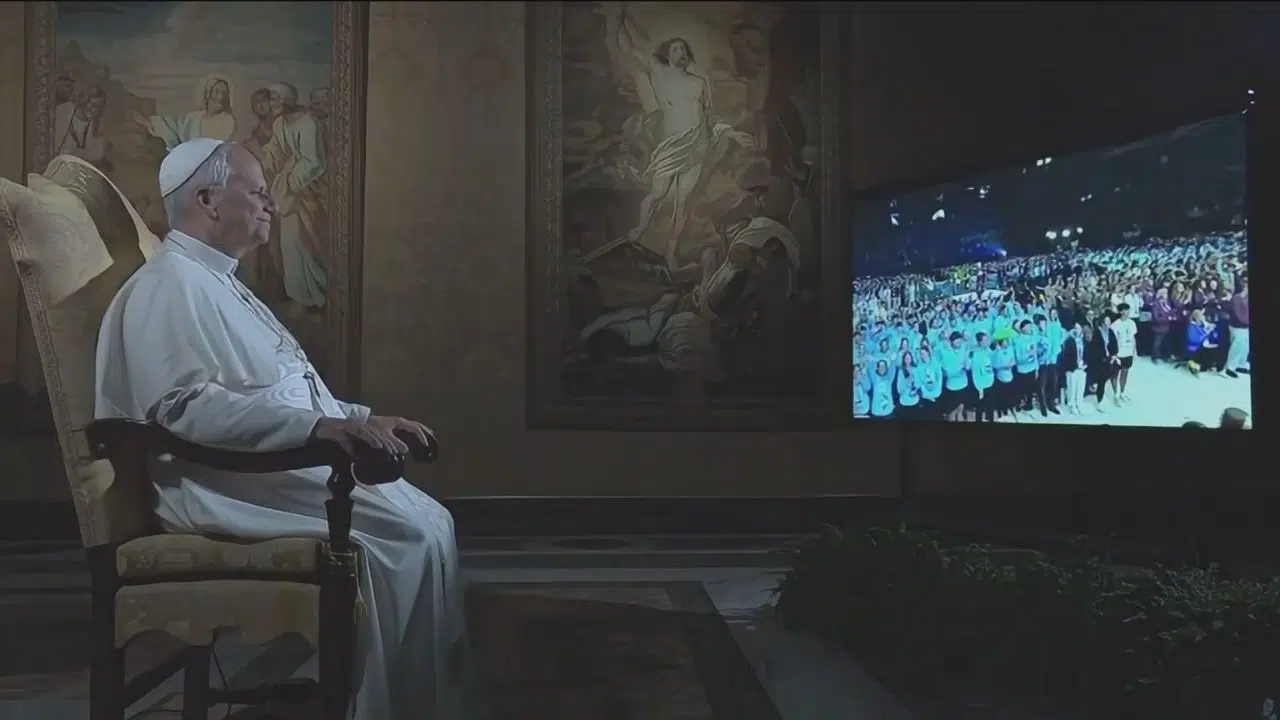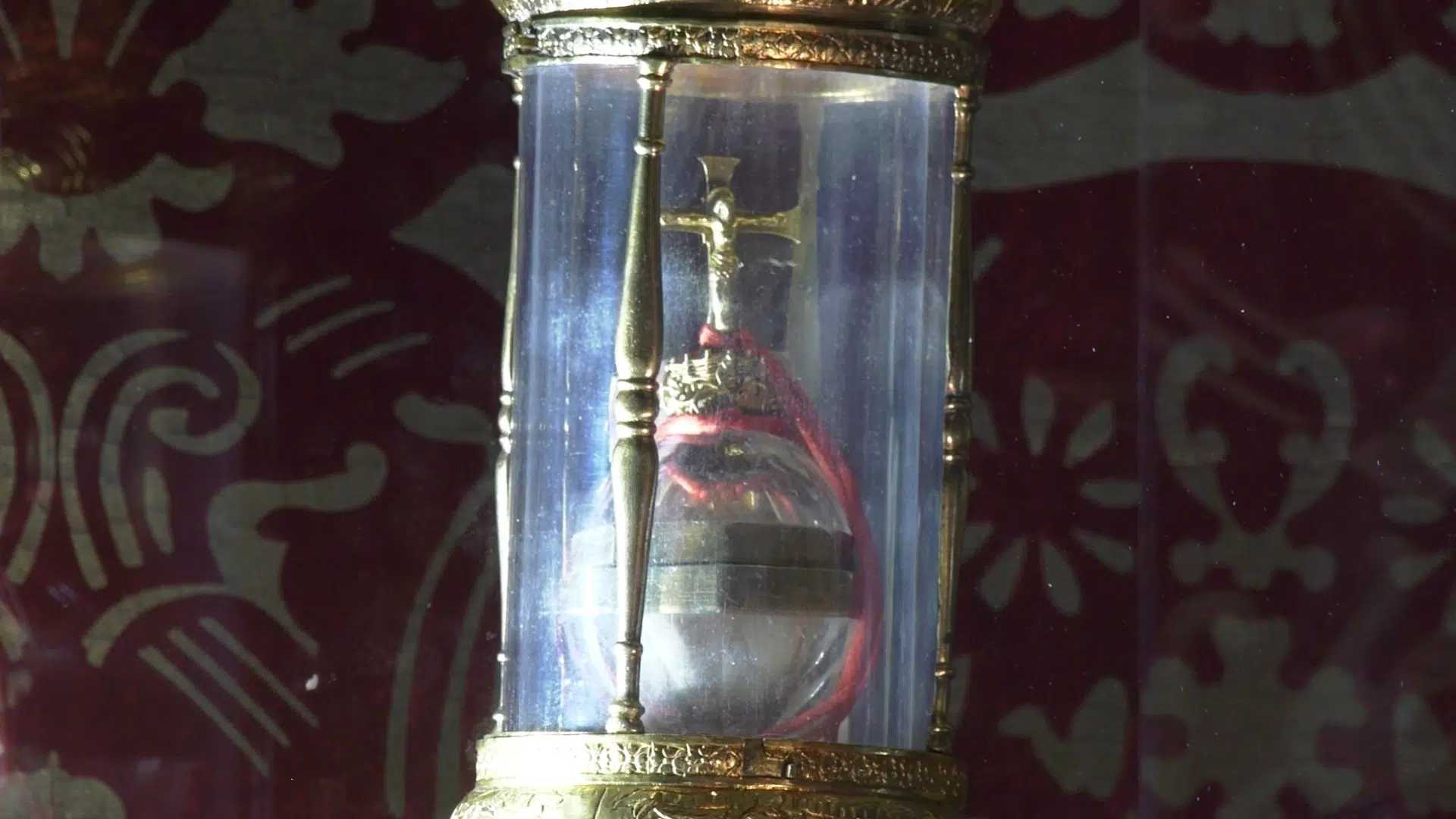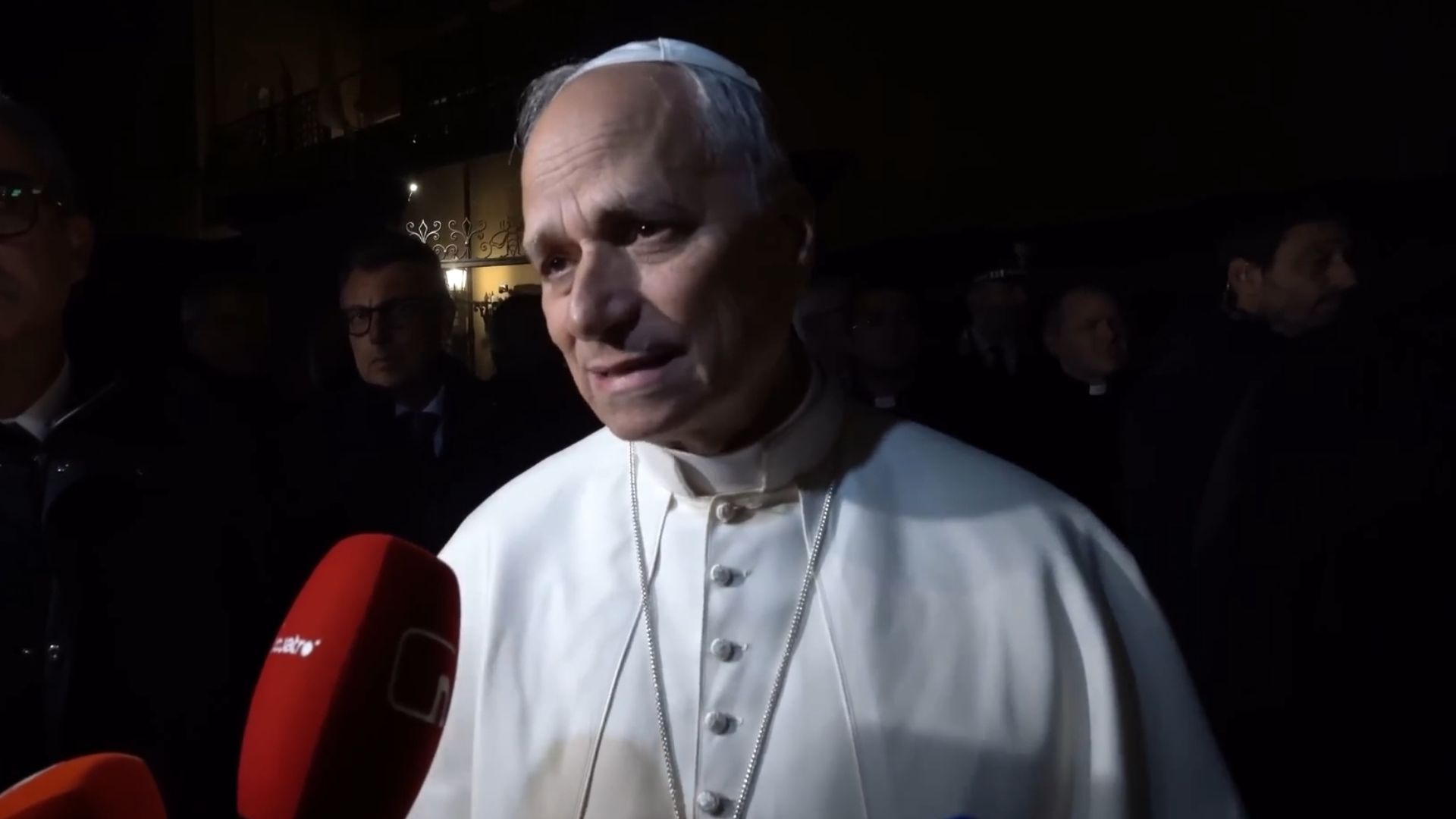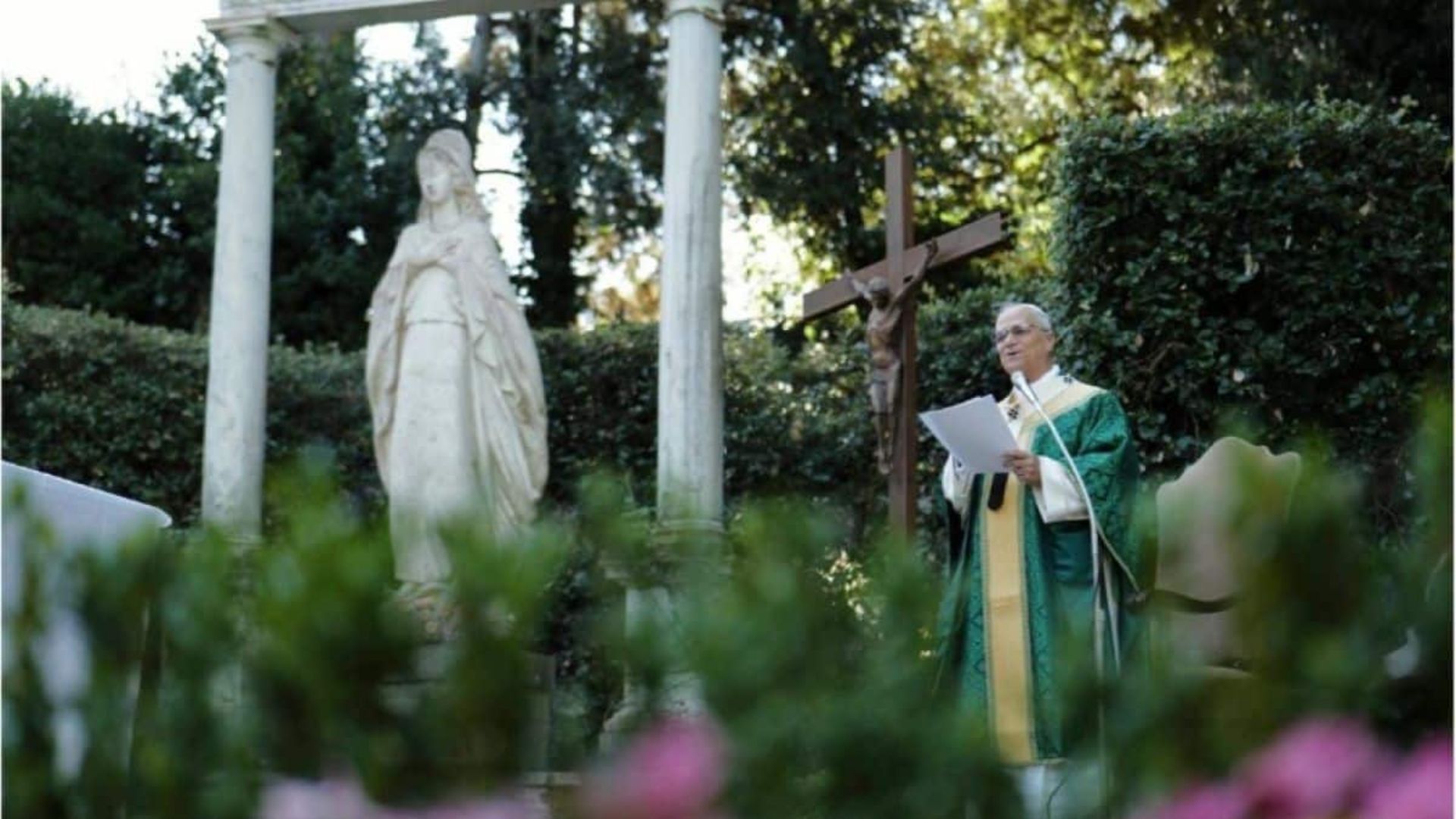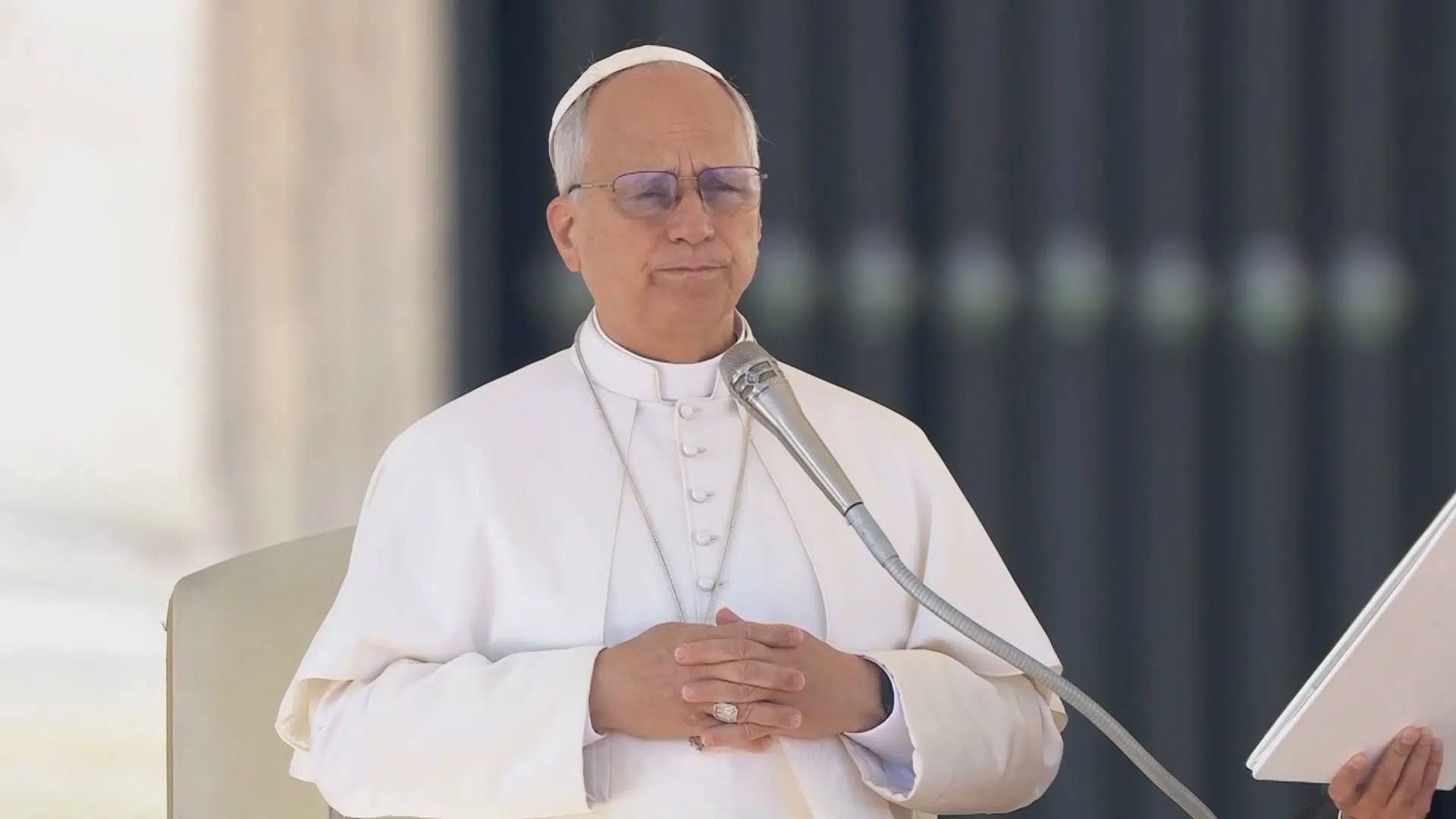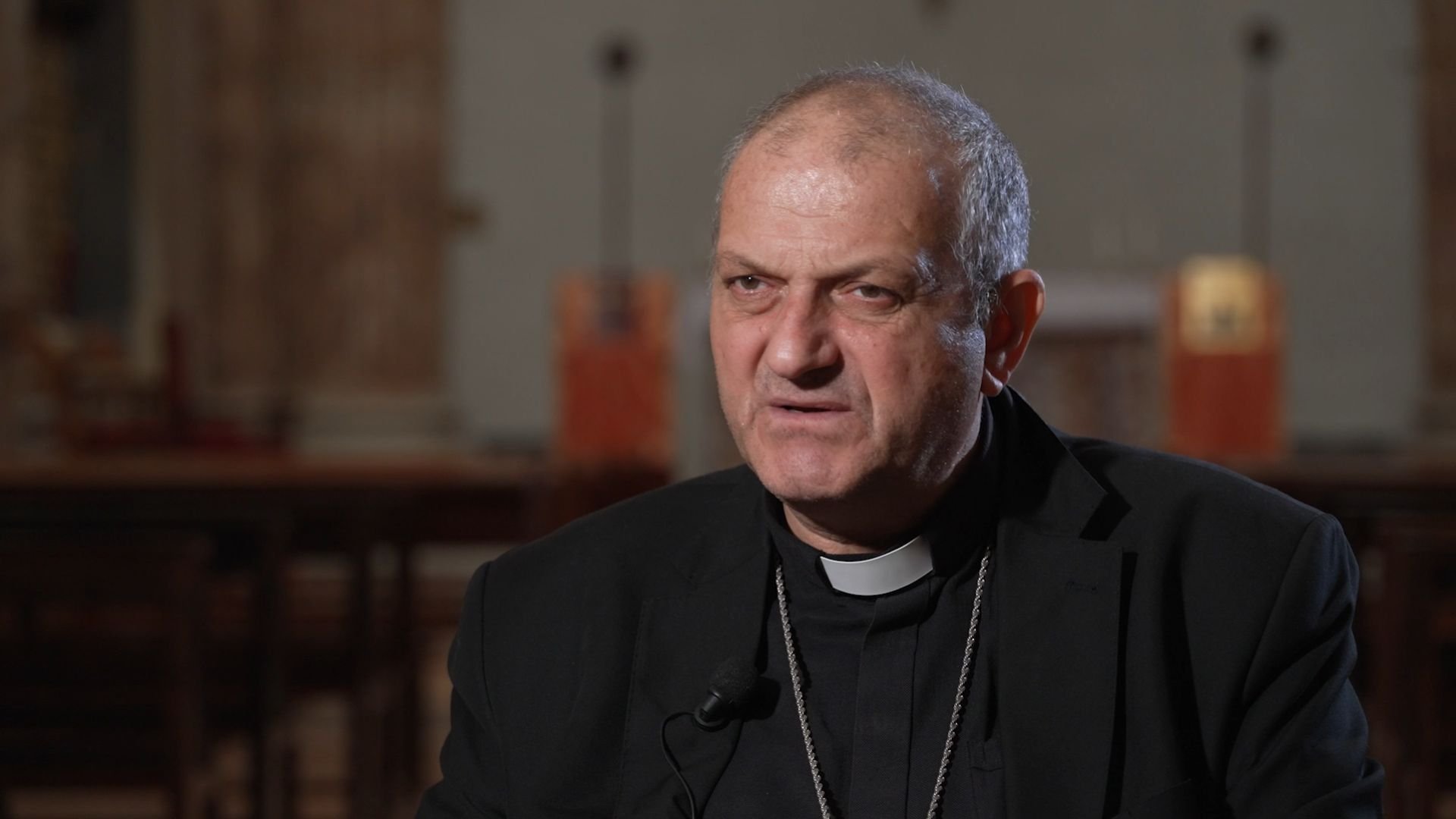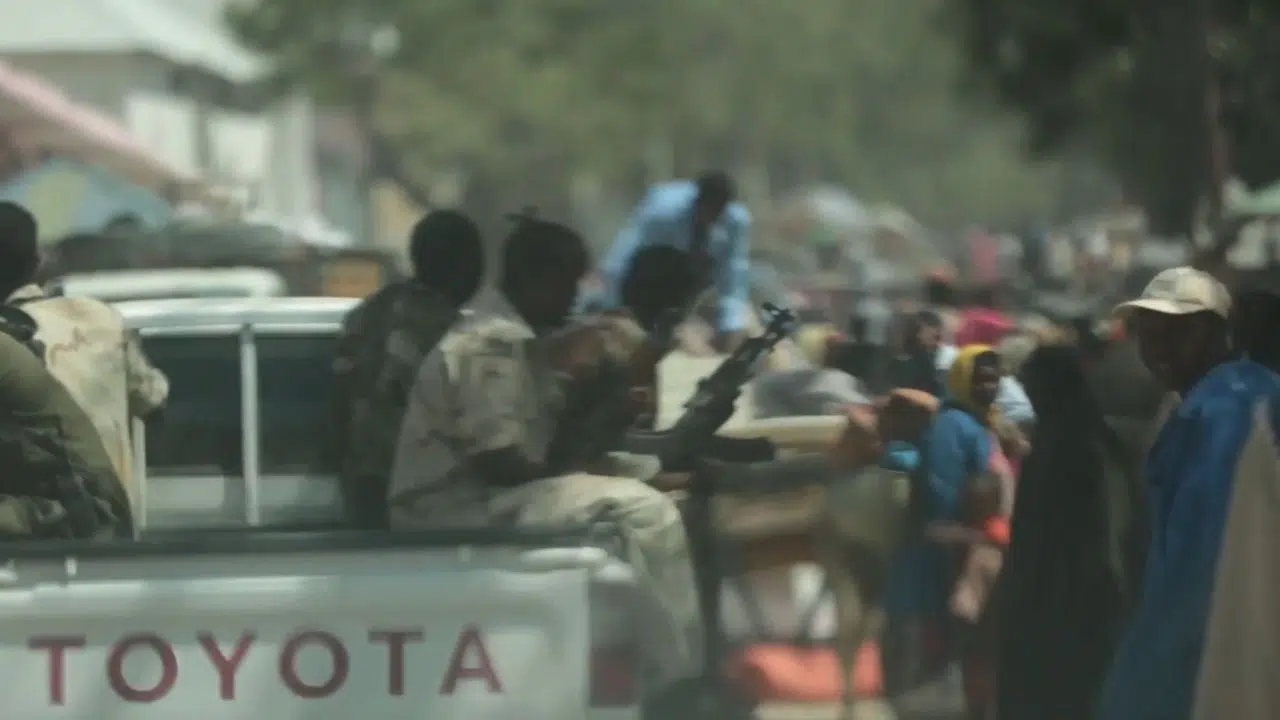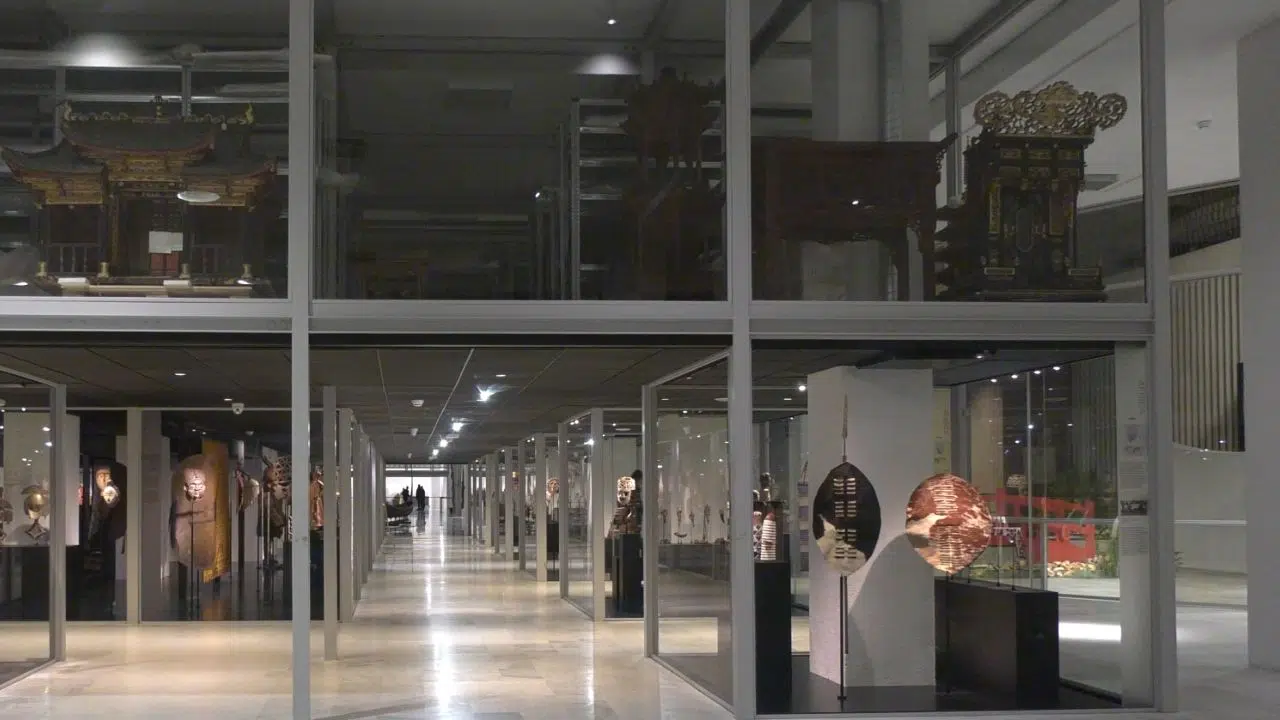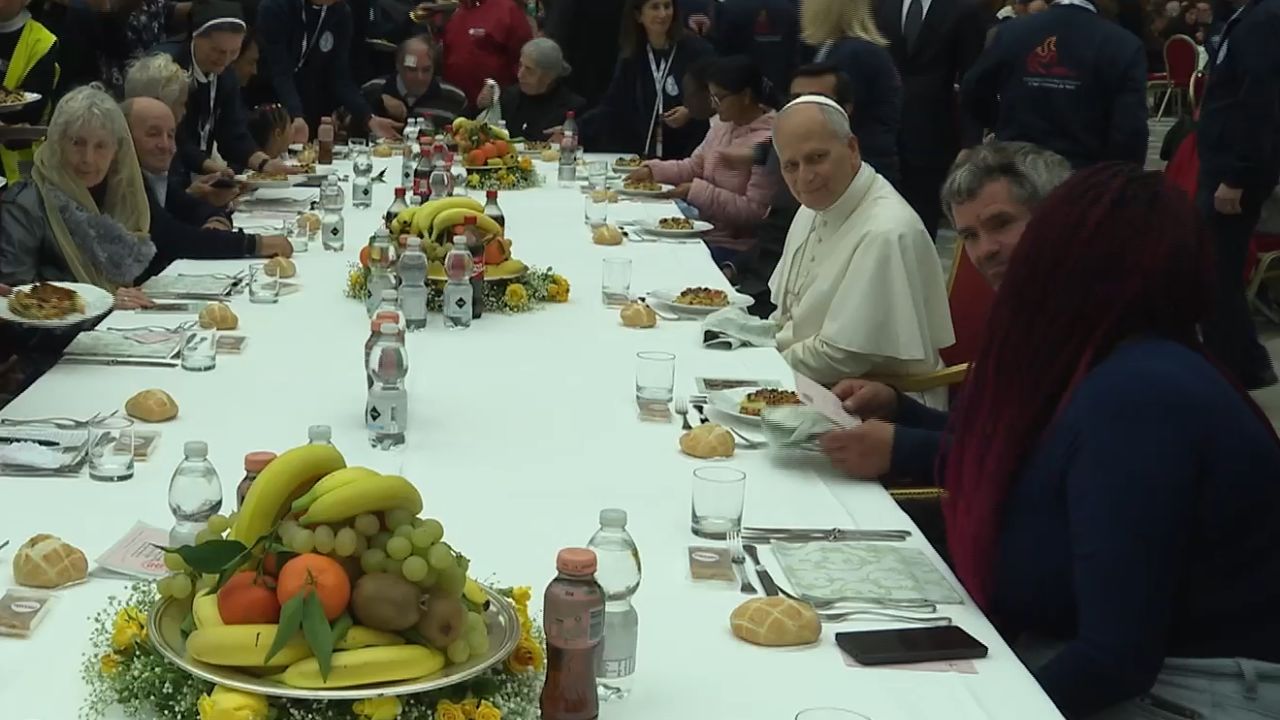On August 9, 1945, around 11 a.m., an atomic bomb exploded over the Urakami Valley, one of the neighborhoods with the highest Christian population in Japan: thus unfolded the tragedy of Nagasaki.
Between 70,000 and 80,000 people died immediately, but some survived. Many did so thanks to the help of volunteers, such as those from the Red Cross at the time.
This is the premise of the new film by a Japanese director, called Nagasaki: In the Shadow of the Flash.
JUMPEI MATSUMOTO
Director of the film Nagasaki: In the Shadow of the Flash
I am from Nagasaki. I am a third-generation survivor of the atomic bomb. Growing up in Nagasaki as a Catholic, I was always taught the teachings of Jesus’ love. And so, together with these teachings of Jesus’ love, I grew up in the reality of a city marked by the atomic bomb. Caught between that reality and the ideal, I always felt that someday I wanted to make a film about this atomic bomb.
The film collects the testimonies of three young nurses who witnessed firsthand the horror and devastation brought by the bomb’s explosion.
JUMPEI MATSUMOTO
Director of the film Nagasaki: In the Shadow of the Flash
I read several sources to fully understand the impact of the atomic bomb at that time. Within that, the challenge for me as a filmmaker was to weave the drama as faithfully as possible to what actually happened. Therefore, there are no scenes that I imagined or created arbitrarily. All are based on documented accounts.
The Vatican Film Library was chosen as the venue to present a film that helps keep alive the memory of what happened in Nagasaki.
A movie that invites reflection on the use of nuclear weapons, a concern consistently raised by the Vatican.
Trans. CRT
